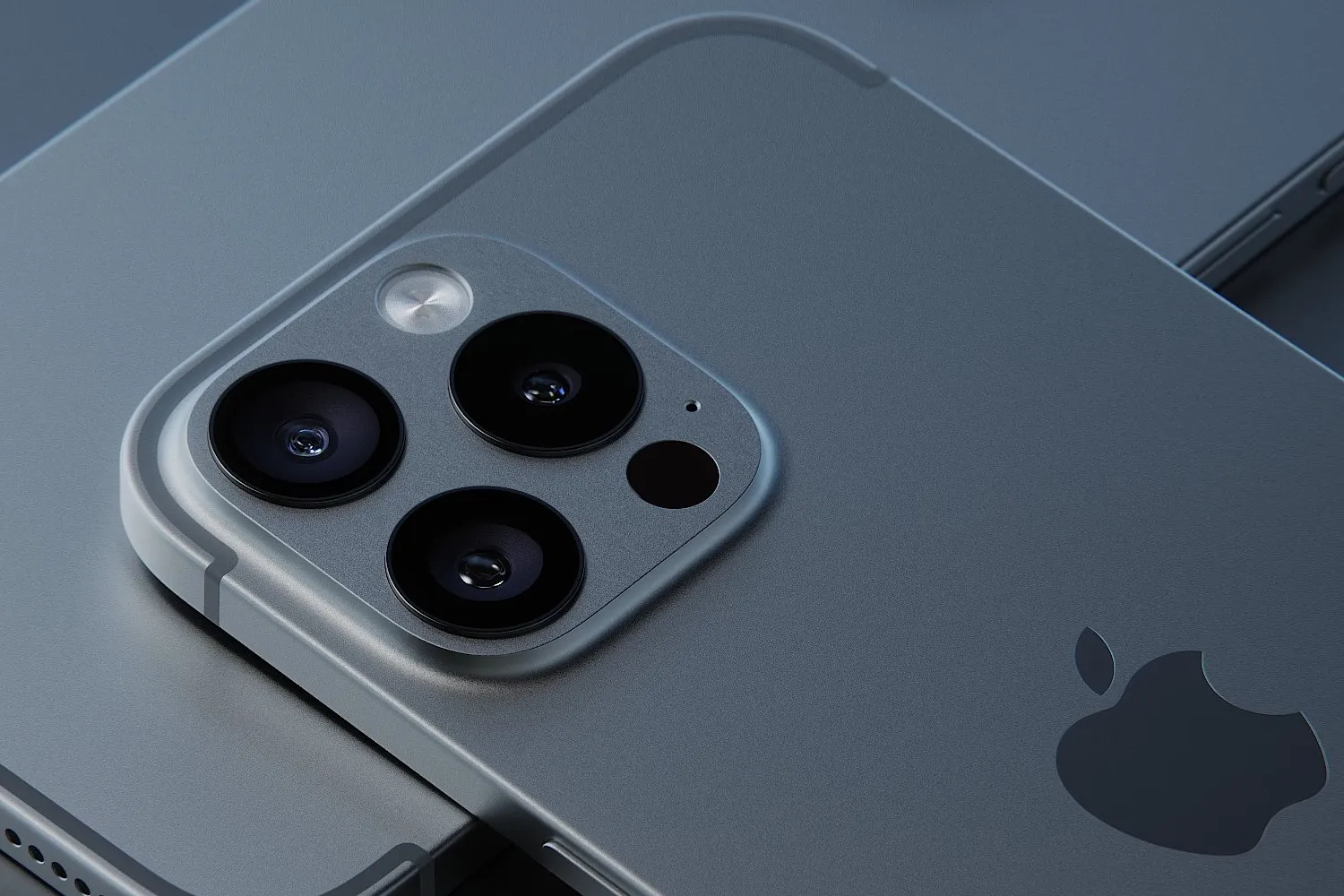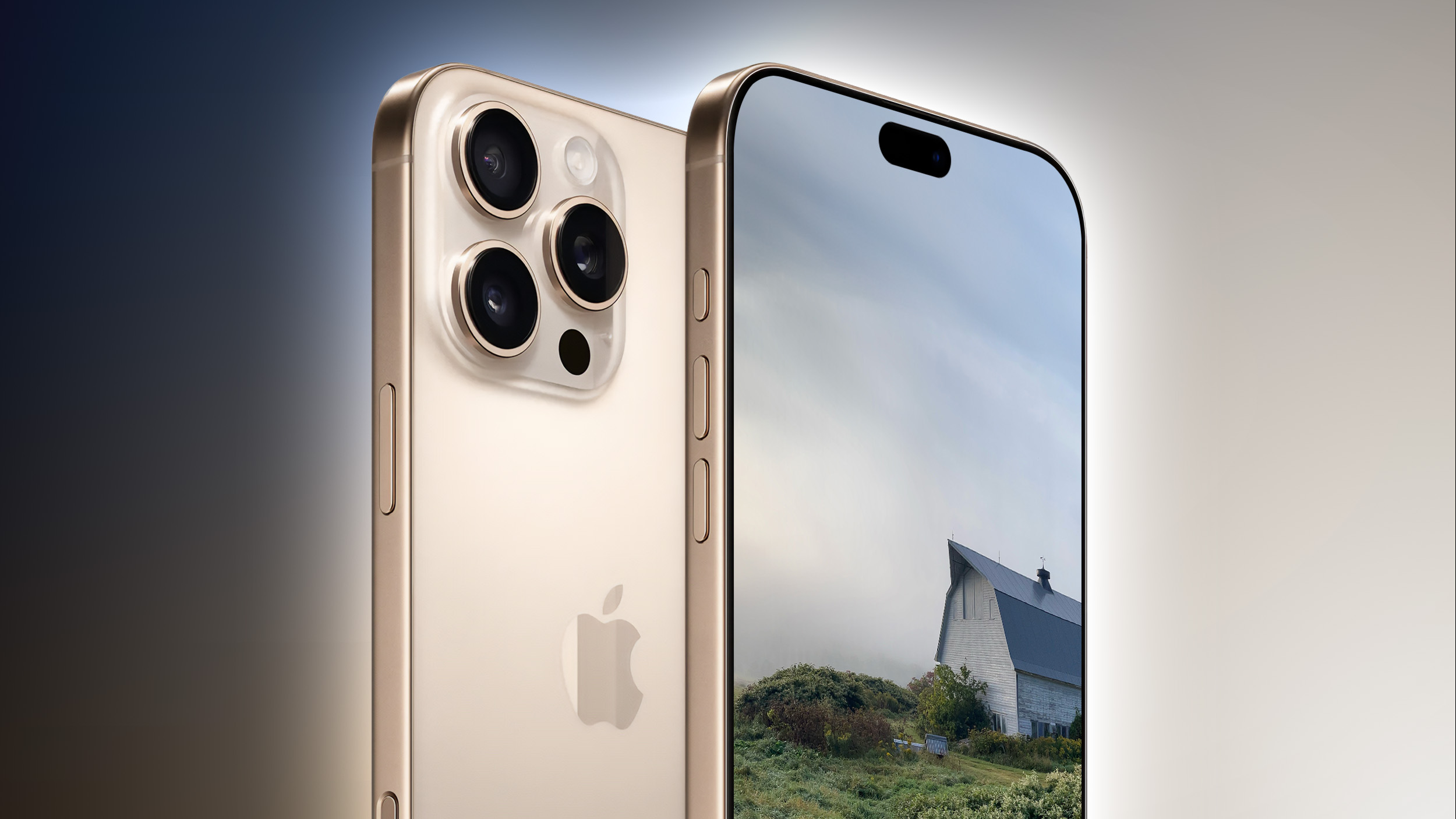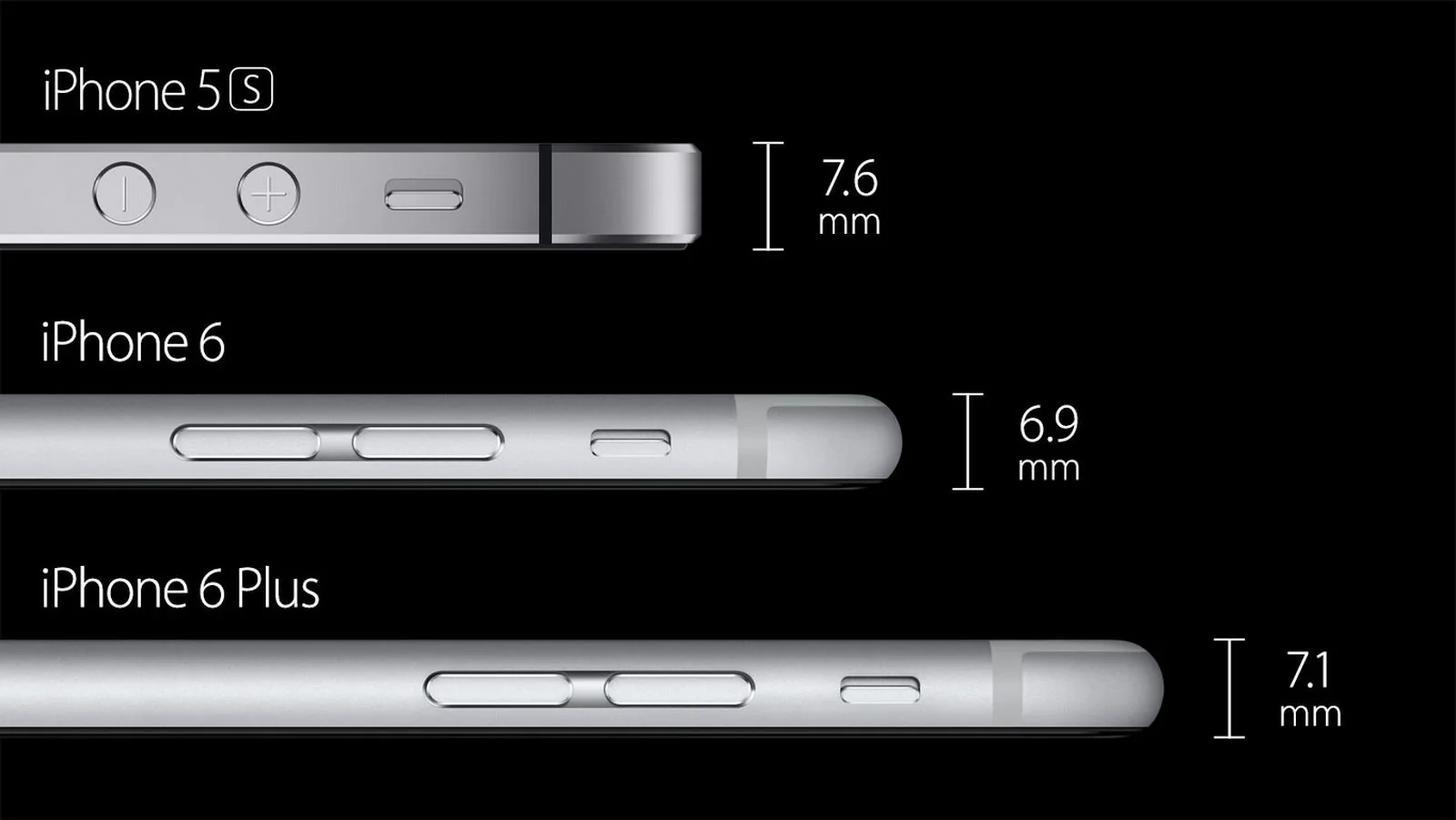Apple's iPhone 17 Air May Not Be as Thin as Anticipated
- Apple's ultra-thin iPhone 17 Air might not be as slim as we hoped.
- Battery woes are throwing a wrench in Apple's sleek design plans.
- What's really going on behind Apple's struggle to slim down?
Apple's ambition to introduce an ultra-thin iPhone 17 Air next year is hitting some unexpected snags. The tech giant aimed to revolutionize its design by significantly reducing the device's thickness, but manufacturing challenges and cost issues are forcing a rethink. Photo via Tom's Guide // A concept rendering of 2025's Apple iPhone 17 Air, previously rumored to be the thinnest Apple product ever.
Photo via Tom's Guide // A concept rendering of 2025's Apple iPhone 17 Air, previously rumored to be the thinnest Apple product ever.
The Quest for Thinness
According to sources on Naver, highlighted by MacRumors, Apple intended to use a thinner battery to achieve a sleeker profile for the iPhone 17 Air. However, these plans have been compromised due to technical difficulties and high production costs. The battery is now expected to be around 6mm thick, which would make the iPhone 17 Air only marginally thinner than the iPhone 6, Apple's slimmest phone to date at 6.9mm.
"Apple had aimed to use a thinner battery to slim down the iPhone 17 Air. However, challenges in manufacturing and cost have forced the company to compromise," the Naver source revealed.
A Shift in Strategy
The rumor mill suggests that Apple may discontinue the iPhone Plus series to make way for the new iPhone 17 Air model. This move indicates Apple's willingness to experiment with its flagship lineup to enhance user experience.
"The rumour mill has also suggested that Apple is planning to discontinue the iPhone Plus series to bring in the new iPhone 17 Air model," reports indicate. Photo via BGR // A concept image of the upcoming Apple iPhone 17 Pro, one of the rumored iPhones in next years lineup alongside the iPhone 17 Air.
Photo via BGR // A concept image of the upcoming Apple iPhone 17 Pro, one of the rumored iPhones in next years lineup alongside the iPhone 17 Air.
Apple previously phased out the mini-series after the iPhone 13 lineup, replacing it with the Plus variant to offer consumers a larger screen and battery at a more accessible price point. It's intriguing to see how the iPhone 17 Air will fit into this evolving strategy.
The Battery Dilemma
The crux of the issue lies in balancing design aspirations with functional necessities. A thinner phone demands a slimmer battery, but current technology may not support the desired capacity in a reduced form factor without incurring prohibitive costs or compromising performance. Photo via Reddit // Some of Apple's thinnest iPhones including iPhone 5s, iPhone 6 and iPhone 6 Plus (for comparisons sake).
Photo via Reddit // Some of Apple's thinnest iPhones including iPhone 5s, iPhone 6 and iPhone 6 Plus (for comparisons sake).
As someone who's followed Apple's product evolution over the years, it's both fascinating and a bit concerning. Pushing the boundaries of design is part of Apple's DNA, but it shouldn't come at the expense of usability. After all, a stunningly thin phone isn't very appealing if it can't hold a charge through the day.
What Does This Mean for Consumers?
For Apple enthusiasts eagerly awaiting the iPhone 17 Air, this development might be a slight disappointment. However, it's important to remember that these are still early reports, and Apple has a history of overcoming engineering challenges.
We can hope that Apple finds a middle ground that delivers both an elegant design and the reliable performance users expect. Until official announcements are made, it's wise to take these details with a pinch of salt.
Recommended by the editors:
Thank you for visiting Apple Scoop! As a dedicated independent news organization, we strive to deliver the latest updates and in-depth journalism on everything Apple. Have insights or thoughts to share? Drop a comment below—our team actively engages with and responds to our community. Return to the home page.Published to Apple Scoop on 11th November, 2024.
No password required
A confirmation request will be delivered to the email address you provide. Once confirmed, your comment will be published. It's as simple as two clicks.
Your email address will not be published publicly. Additionally, we will not send you marketing emails unless you opt-in.